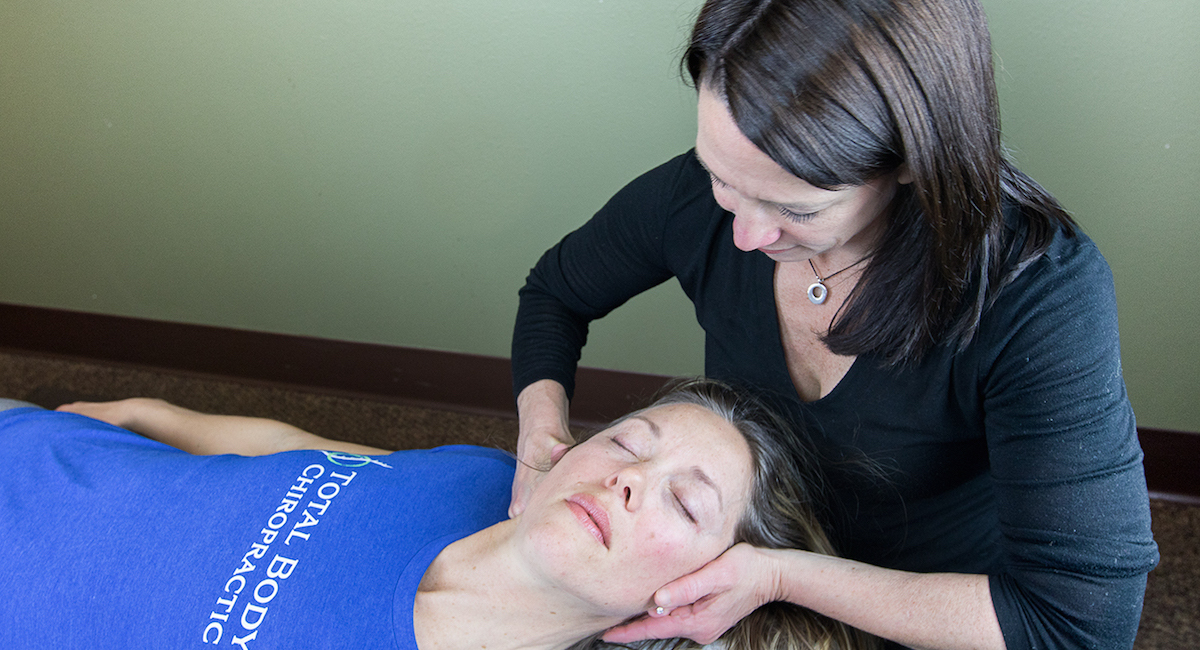Finding happiness and remaining in good mood is an active task of treating yourself well. And what better way to treat yourself than with chiropractic and massage? While these may seem like luxuries, these treatments have been proven to reduce stress, ease pain and encourage sleep, all of which can put you in a great mood.
Interested in how chiropractic care and massage therapy may benefit your everyday outlook? Keep reading for five ways that sessions at Total Body Chiropractic & Massage in Bend can improve your mood!
Pain Relief
When you are in pain or not feeling at your best, you can be extremely irritable. Pain relief is one of the most common benefits of chiropractic that also offers a wealth of benefits.
Your chiropractor in Bend works to remove pressure off the nerves and fix misalignments that may be causing pain to help you feel better. Not to mention, massage therapy releases painful knots and built up tension that may be putting you in a funk. Many patients report feeling better as soon as the first visit.
Rebalancing the Mind and Body
The premise of chiropractic care is to restore balance within the entire body by first rebalancing and realigning the spine. When your mind can communicate with the rest of your body, you’re able to function and respond to daily stressors better, which can make the days easier to handle and leave you in a better mood.
Positive Hormones
The power of touch not only helps increase blood and lymphatic circulation, but it also stimulates the release of “feel-good hormones,” like endorphins and serotonin. This influx of positive hormones means you get to leave your session already feeling happier and sustain that feeling for days after your visit.
Massage therapy in Bend also decreases the levels of the stress hormone cortisol in the blood, helping you less on edge and more at ease.
Increased Relaxation
With so much happening from working every day to taking care of family, it’s easy to start feeling drained. Massage therapy gives you a designated time to step away from the world to help reset your stress levels. You can walk away feeling refreshed and more at peace.
Better Sleep
Not getting enough rest is a surefire way to wake up in a bad mood. Luckily, by taking away your pain, increasing relaxation and influencing your hormone levels, massage therapy and chiropractic care work together to help you get a deeper night’s sleep.
Are you looking for a mood boost to help you start the year off right and keep you going strong? Living in comfort through regular body maintenance and eating well is a major part of staying in the right frame of mind. Try treating yourself to a massage or chiropractic adjustment at Total Body Chiropractic & Massage and see the difference it can make in your mood.










